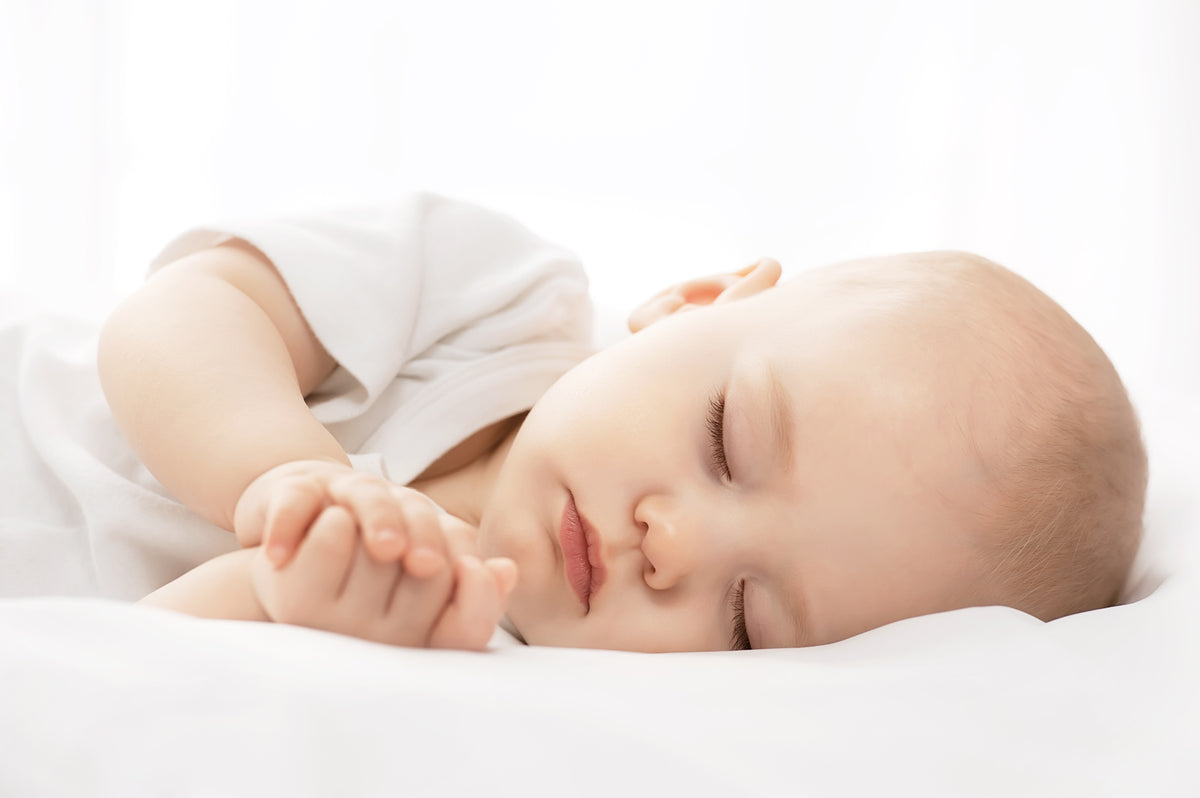

Articles
Why Can’t Babies Use Pillows
Modified: January 9, 2024
Discover why babies should not use pillows and learn about the risks and safety concerns. Find helpful articles and tips for safe sleep practices for infants.
(Many of the links in this article redirect to a specific reviewed product. Your purchase of these products through affiliate links helps to generate commission for Storables.com, at no extra cost. Learn more)
Introduction
Welcome to our article on why babies should not use pillows. As parents, we always want the best for our little ones, ensuring their safety and comfort in every possible way. However, when it comes to pillows, it’s important to understand that they are not suitable for babies. In this article, we will delve into the safety concerns associated with pillows for babies and explore the alternatives.
When we think of pillows, we often associate them with comfort and relaxation. We may even use them ourselves to achieve a good night’s sleep. However, for babies, pillows pose numerous risks that can compromise their safety. As adorable as it may seem to see a cute little infant with a pillow, it is crucial to remember that their delicate bodies and developing respiratory systems require a different approach to sleep.
Safety should always be the top priority when it comes to our children, especially during their most vulnerable stages of life. While infants may spend a significant portion of their day sleeping, it’s essential to provide a safe sleeping environment that minimizes any potential risks. Pillows, unfortunately, do not meet the necessary safety requirements for babies.
Throughout the rest of this article, we will delve deeper into the specific safety concerns surrounding the use of pillows for babies. We will examine the increased risk of Sudden Infant Death Syndrome (SIDS) that pillows can pose, as well as the potential suffocation hazards they present. Additionally, we will discuss the importance of providing babies with the proper sleeping environment and explore alternative sleeping options that are both safe and comfortable for infants.
So, let’s dive in and learn why pillows are not suitable for babies and what steps we can take to ensure their safety during sleep.
Key Takeaways:
- Pillows pose serious safety risks for babies, including an increased risk of Sudden Infant Death Syndrome (SIDS) and suffocation hazards. Creating a safe sleep environment without pillows is crucial for infant safety.
- Alternative sleeping options such as swaddling, sleep sacks, and bassinets provide both comfort and safety for babies. Prioritizing safe sleep practices and regular tummy time promotes healthy development.
Read more: Why Cant You Recycle Pizza Boxes
Safety Concerns
When it comes to the safety of our little ones, it is important to understand the potential risks associated with using pillows for babies. While pillows may seem harmless, they can actually pose serious safety concerns. Let’s explore the two main safety concerns when it comes to using pillows for babies: the increased risk of Sudden Infant Death Syndrome (SIDS) and the suffocation hazard.
Increased Risk of SIDS: SIDS is a devastating tragedy that occurs when a baby under the age of one dies unexpectedly during sleep, with no clear cause of death. Studies have shown that the use of pillows increases the risk of SIDS in infants. This is because pillows can interfere with a baby’s ability to breathe properly, especially if the baby accidentally rolls onto their face or if the pillow covers their nose and mouth. To reduce the risk of SIDS, it is recommended to keep the baby’s sleep environment free of pillows, blankets, stuffed animals, and any other potential suffocation hazards.
Suffocation Hazard: Babies are not able to move themselves or adjust their positions like adults can. This means that if a pillow is placed near their face or if they happen to roll onto the pillow during sleep, they may not be able to breathe properly. The soft and fluffy nature of pillows can obstruct their airways, leading to suffocation. It is crucial to eliminate this suffocation hazard by keeping pillows away from the baby’s sleep area.
While it is understandable that parents may want to provide extra comfort and support for their little ones, using pillows for babies is not the way to achieve this. Instead, it is important to prioritize their safety and provide them with a safe sleeping environment.
In the next section, we will discuss the proper sleeping environment for babies, which will help ensure their safety and promote healthy sleep habits.
Increased Risk of SIDS
Sudden Infant Death Syndrome (SIDS) is a heartbreaking tragedy that occurs when a seemingly healthy baby dies suddenly and unexpectedly during sleep, with no clear cause of death. While the exact cause of SIDS is still unknown, certain factors have been identified as potential contributors, including the use of pillows.
Research has shown a link between the use of pillows and an increased risk of SIDS in infants. Pillows can pose a significant danger to babies during sleep, especially if they accidentally roll onto their face or if the pillow covers their nose and mouth, obstructing their airway.
There are several reasons why pillows can increase the risk of SIDS for babies:
- Restricted breathing: Infants have underdeveloped respiratory systems and limited muscle control. Placing a pillow near their face or covering their nose and mouth can obstruct their airways, potentially causing difficulty in breathing. This restriction in breathing can be dangerous and increase the risk of SIDS.
- Overheating: Pillows can increase the temperature around the baby’s head, leading to overheating, which is considered a risk factor for SIDS. Overheating can disrupt the baby’s normal body temperature regulation, potentially contributing to the occurrence of SIDS.
- Inability to self-adjust: Babies do not have the ability to adjust their positions or move away from suffocation hazards like pillows. If a baby accidentally rolls onto a pillow, they may not be able to reposition themselves to ensure clear airways, increasing the risk of suffocation.
To reduce the risk of SIDS and promote safe sleep practices, it is crucial to create a safe sleep environment for babies. This includes using a firm and flat mattress, without any pillows, blankets, or stuffed animals. The American Academy of Pediatrics recommends that babies sleep on their back on a firm surface, such as a crib or bassinet, without any loose bedding or other items.
While pillows may seem harmless or even comforting for babies, they should be strictly avoided during sleep. By prioritizing the safety of our little ones and adhering to the guidelines for safe sleep practices, we can help reduce the risk of SIDS and create a secure sleeping environment.
In the next section, we will discuss the suffocation hazard associated with using pillows for babies and why it is essential to eliminate this risk.
Suffocation Hazard
One of the most significant safety concerns when it comes to using pillows for babies is the risk of suffocation. Babies are highly vulnerable and have limited mobility, making them prone to accidental suffocation if a pillow is introduced into their sleep environment.
Pillows are designed to be soft and comfortable, which can be a hazard for infants. The fluffy nature of pillows can pose a suffocation risk if a baby rolls onto the pillow or if the pillow ends up covering their face, blocking their airway.
Here are some reasons why pillows can be dangerous for babies and increase the risk of suffocation:
- Obstruction of airways: Babies have underdeveloped neck muscles and limited control of their head movements. If a pillow is placed near their face or if they accidentally roll onto the pillow, it can restrict their ability to breathe properly. This obstruction of the airways can lead to suffocation.
- Softness and fluffiness: The softness and fluffiness of pillows can make it easy for a baby’s face to sink into the pillow, especially if they are unable to move themselves. This can compromise their ability to breathe and increases the risk of suffocation.
- Lack of motor skills: Babies do not yet possess the motor skills to move or reposition themselves easily, especially during sleep. If a pillow covers their face, they may not have the ability to remove it or adjust their position, putting them at a higher risk of suffocation.
It is crucial to eliminate the suffocation hazard by keeping pillows away from the baby’s sleep area. This means avoiding the use of decorative pillows, large stuffed animals, or any other soft objects that can pose a suffocation risk. Instead, focus on providing a safe sleep environment with a firm mattress and a fitted sheet.
By removing pillows from the baby’s sleep space, you can significantly reduce the risk of suffocation and create a safe sleeping environment for your little one. Prioritizing their safety and understanding the potential hazards of pillows will help minimize the risk of accidents during sleep.
In the next section, we will discuss the proper sleeping environment for babies and explore alternative sleeping options that are both safe and comfortable.
Babies should not use pillows because they can increase the risk of suffocation or Sudden Infant Death Syndrome (SIDS). It’s safest for babies to sleep on a firm, flat surface without any loose bedding or soft objects.
Proper Sleeping Environment for Babies
Creating a safe and comfortable sleeping environment for babies is crucial for their well-being and development. By providing the right conditions for sleep, we can ensure their safety and promote healthy sleep habits. Here are some key considerations for establishing a proper sleeping environment for babies:
- Use a firm and flat mattress: It’s important to provide a firm and flat mattress for your baby’s crib or bassinet. This helps to ensure a stable sleeping surface that supports their growing bodies. Avoid using soft or cushioned mattresses, as they can increase the risk of suffocation.
- Avoid using pillows: As we have discussed earlier, pillows are not suitable for babies. They can pose a suffocation hazard and increase the risk of Sudden Infant Death Syndrome (SIDS). Keep pillows out of the baby’s sleep area, including decorative pillows or large stuffed animals.
- Keep the sleep area clear: It’s essential to maintain a clutter-free sleep environment for your baby. Avoid placing any loose bedding, blankets, or toys in the crib or bassinet, as these can also pose a suffocation risk. Instead, use a fitted sheet that securely covers the mattress.
- Choose appropriate sleepwear: Dress your baby in comfortably fitting sleepwear that is suitable for the current temperature. Avoid overdressing them, as overheating is a risk factor for SIDS. Opt for lightweight and breathable fabrics to help regulate their body temperature.
- Consider a sleep sack: Sleep sacks, also known as wearable blankets, are a safe alternative to traditional blankets. They provide warmth and comfort without the risk of suffocation or entanglement. Look for sleep sacks that are the appropriate size for your baby and have a snug fit around the neck and armholes.
- Utilize a well-ventilated room: Ensure that your baby’s sleep area is in a well-ventilated room with a comfortable temperature. Good air circulation helps maintain a safe and comfortable sleeping environment. Use a thermometer to monitor the room temperature, aiming for around 68-72 degrees Fahrenheit (20-22 degrees Celsius).
- Place the crib or bassinet in a safe location: Position your baby’s crib or bassinet away from any potential hazards, such as windows with cords or blinds. The sleeping area should be free from any objects that could fall onto the baby or pose a danger.
By following these guidelines, you can create a safe and peaceful sleeping environment for your baby. Prioritizing their safety during sleep sets the foundation for healthy sleep habits and gives you peace of mind as a parent.
In the next section, we will explore alternative sleeping options for babies that provide both safety and comfort.
Read more: Why Are Pillows Important
Alternative Sleeping Options
While pillows are not suitable for babies, that doesn’t mean they can’t have a comfortable and safe sleep experience. There are alternative sleeping options that provide both comfort and safety for your little one. Let’s explore a few of these alternatives:
- Firm mattress and fitted sheet: Instead of using a pillow, ensure that your baby’s crib or bassinet has a firm mattress and a fitted sheet. This provides a stable sleeping surface that supports their growing bodies while minimizing the risk of suffocation.
- Swaddle blankets: Swaddling can provide a comforting and secure feeling for babies, mimicking the cozy environment of the womb. It involves snugly wrapping your baby in a lightweight blanket, keeping their arms and legs securely tucked in. However, it’s important to note that once your baby starts to roll over or shows signs of trying to break free from the swaddle, it’s time to transition to a different sleep option.
- Sleep sacks: Sleep sacks, also known as wearable blankets, are a safe and convenient alternative to traditional blankets. They provide warmth and comfort without the risk of suffocation or entanglement. Sleep sacks come in various sizes and thicknesses, allowing you to choose the most suitable option for your baby’s needs.
- Bassinet or co-sleeper with a firm surface: Bassinets and co-sleepers are designed specifically for newborns and provide a secure sleeping environment. Look for options that have a firm and flat sleeping surface and adhere to safety standards. These can be placed in your bedroom to keep your baby close to you during the night, promoting bonding and ease of feeding.
- Safe co-sleeping practices: If you choose to co-sleep with your baby, it’s crucial to follow safe co-sleeping guidelines. This includes ensuring that the sleeping surface is firm, providing separate bedding for your baby, and placing them on their back to sleep. Keep in mind that co-sleeping may not be suitable for everyone or in every situation, so make an informed decision based on your specific circumstances.
- Gradual introduction of a toddler pillow: As your child grows older and transitions to a toddler bed, you can gradually introduce a toddler-sized pillow that is age-appropriate and supportive. Ensure that the pillow is firm and not overly plush, maintaining a safe sleep environment for your little one.
Remember, the key is to prioritize your baby’s safety while providing them with a comfortable sleeping environment. By exploring these alternative sleeping options, you can find the best solution that meets both their needs and yours. Always consult with your pediatrician or healthcare provider for personalized advice based on your baby’s age and developmental stage.
Next, we will discuss the importance of tummy time for babies and its role in promoting their development.
Importance of Tummy Time
Tummy time is crucial for the development of babies and plays a significant role in strengthening their muscles, promoting motor skills, and preventing positional plagiocephaly (flat head syndrome). It refers to the time when a baby is placed on their stomach while they are awake and supervised. Let’s explore the importance of tummy time in more detail:
- Muscle development: Tummy time helps to strengthen the muscles in your baby’s neck, shoulders, and core. By lifting and supporting their head while on their stomach, babies develop their neck and upper body strength, which is essential for achieving important motor milestones such as rolling over, crawling, and eventually sitting up.
- Gross motor skills: Tummy time encourages babies to engage in active movement and exploration. It provides an opportunity for them to push up with their arms, kick their legs, and eventually learn to roll over and crawl. These gross motor skills are crucial for their overall physical development and coordination.
- Visual development: While on their tummy, babies have a different visual perspective compared to when they are lying on their back. Tummy time allows them to visually explore their environment, strengthening their visual tracking skills and helping with eye-hand coordination.
- Prevention of flat head syndrome: Placing babies on their back to sleep, as recommended for safe sleep, can sometimes result in positional plagiocephaly, or flat head syndrome. Tummy time helps to alleviate this by giving babies the opportunity to develop the muscles needed to lift and move their heads, reducing the likelihood of developing a flat spot on the back of their head.
- Sensory stimulation: Tummy time exposes babies to different tactile sensations and textures, which stimulates their sense of touch. It also allows them to experience different surfaces and engage with their surroundings, enhancing their overall sensory development.
- Bonding and interaction: Tummy time provides a chance for parents and caregivers to interact and bond with their baby. Getting down on the floor with your baby during tummy time and engaging in playful interaction and eye contact can strengthen the parent-child relationship, promote social development, and encourage language acquisition.
It’s important to start tummy time from an early age, as soon as your baby is stable enough to support their head. Begin with short sessions of a few minutes several times a day and gradually increase the duration as your baby becomes more comfortable. Observe your baby’s cues for when they need a break or have had enough tummy time.
Remember to always supervise your baby during tummy time and place them on a safe, clean, and padded surface. Make it an enjoyable experience by incorporating toys, mirrors, or colorful objects to capture their attention and encourage active exploration.
By incorporating regular tummy time into your baby’s daily routine, you can help promote their physical and cognitive development, strengthen their muscles, and create opportunities for bonding and interaction.
Finally, let’s summarize the main points discussed in this article.
Conclusion
In conclusion, it is important to prioritize the safety and well-being of our babies when it comes to their sleep environment. While pillows may seem harmless or even comforting, they pose significant risks to infants. The increased risk of Sudden Infant Death Syndrome (SIDS) and the suffocation hazard associated with using pillows for babies cannot be ignored.
Creating a proper and safe sleeping environment for babies involves using a firm mattress, avoiding pillows and loose bedding, and keeping the sleep area clear of any potential suffocation hazards. Alternative sleeping options such as swaddling, sleep sacks, or bassinets provide both comfort and safety for babies during sleep.
Tummy time is also essential for the healthy development of babies. It helps strengthen their muscles, promotes motor skills, prevents flat head syndrome, and fosters sensory and social development. Engaging in regular tummy time sessions and providing a supported and safe space for your baby to explore is crucial for their overall development.
By understanding the risks associated with pillows for babies and implementing safe sleep practices, we can ensure that our little ones have a secure and comfortable sleep environment. Prioritizing their safety while still providing them with the necessary comfort and support will contribute to their healthy growth and development.
Always consult with your pediatrician or healthcare provider for personalized advice and guidance on safe sleep practices and alternative sleeping options for your baby. With a solid understanding of the importance of safe sleep and alternative options available, we can create a nurturing and safe sleep environment for our precious little ones.
Frequently Asked Questions about Why Can't Babies Use Pillows
Was this page helpful?
At Storables.com, we guarantee accurate and reliable information. Our content, validated by Expert Board Contributors, is crafted following stringent Editorial Policies. We're committed to providing you with well-researched, expert-backed insights for all your informational needs.
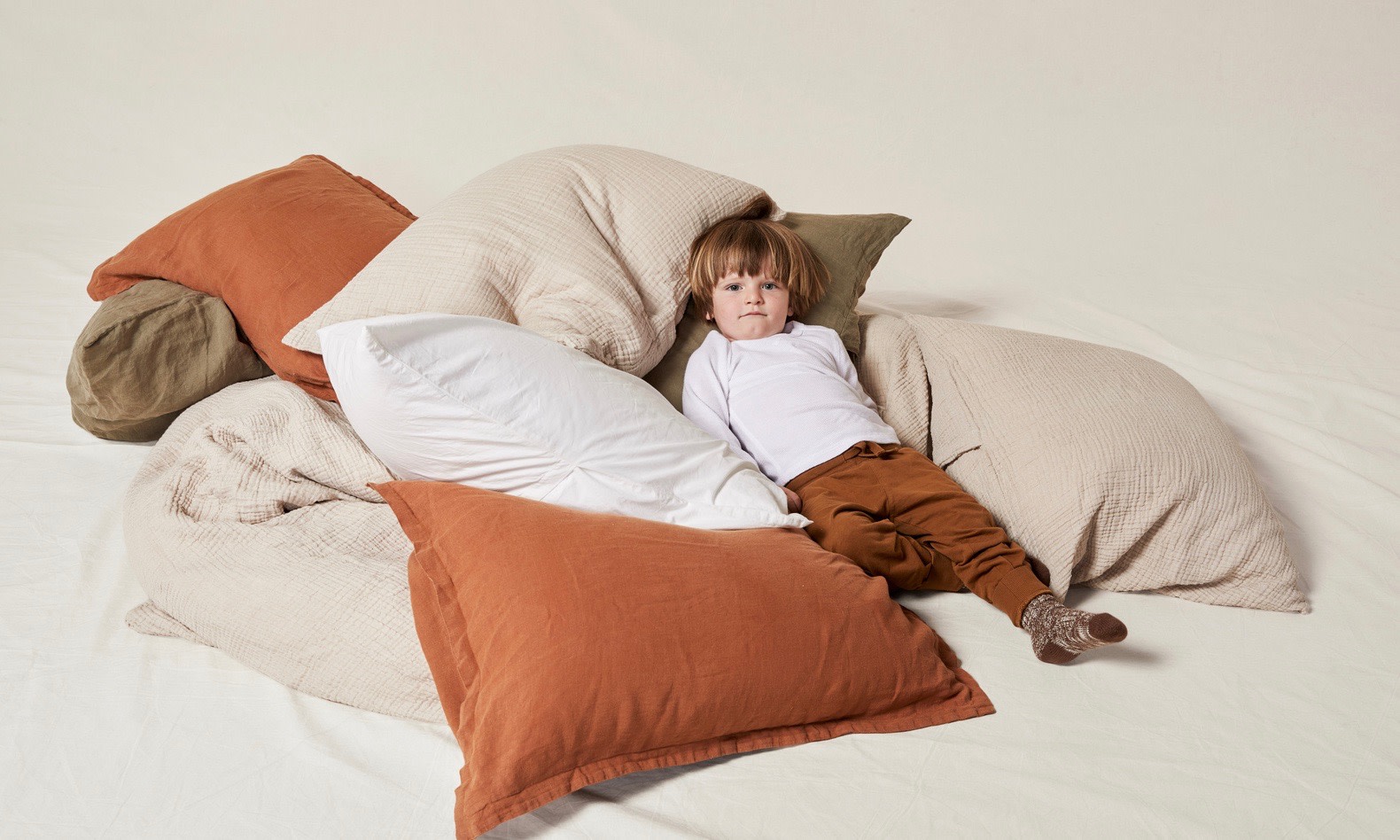
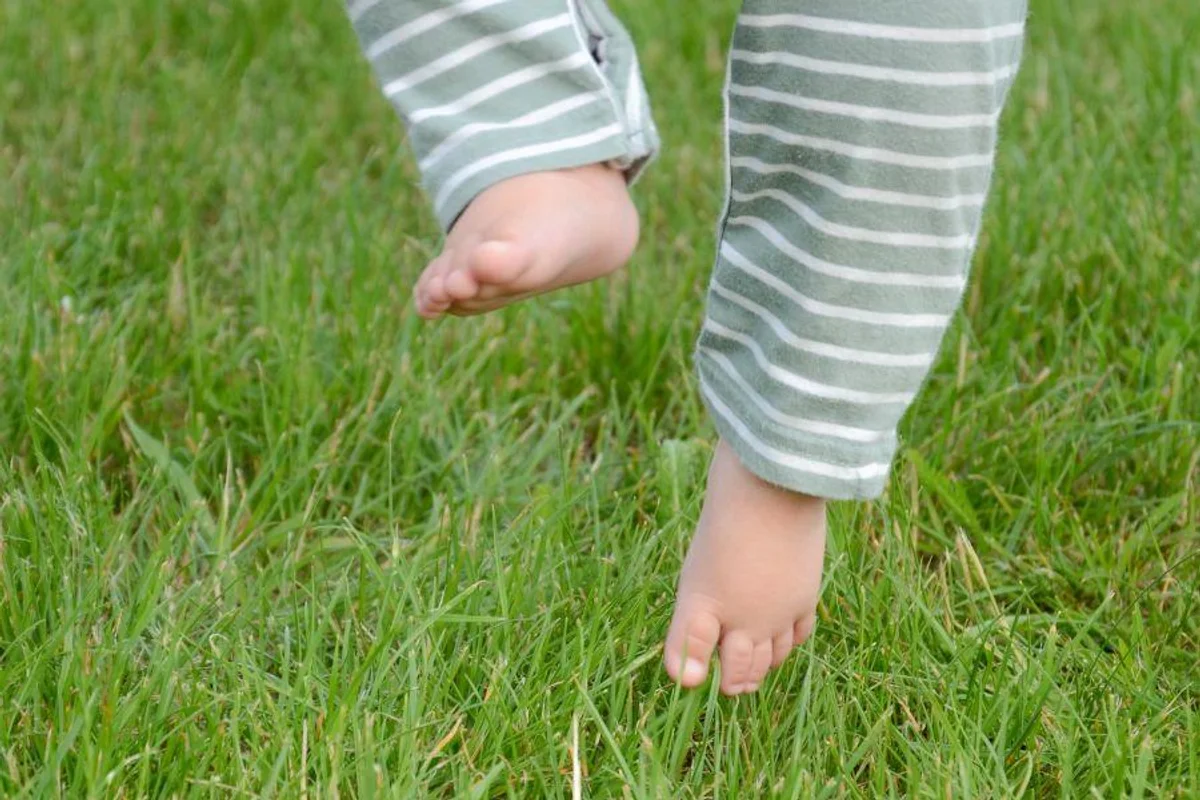
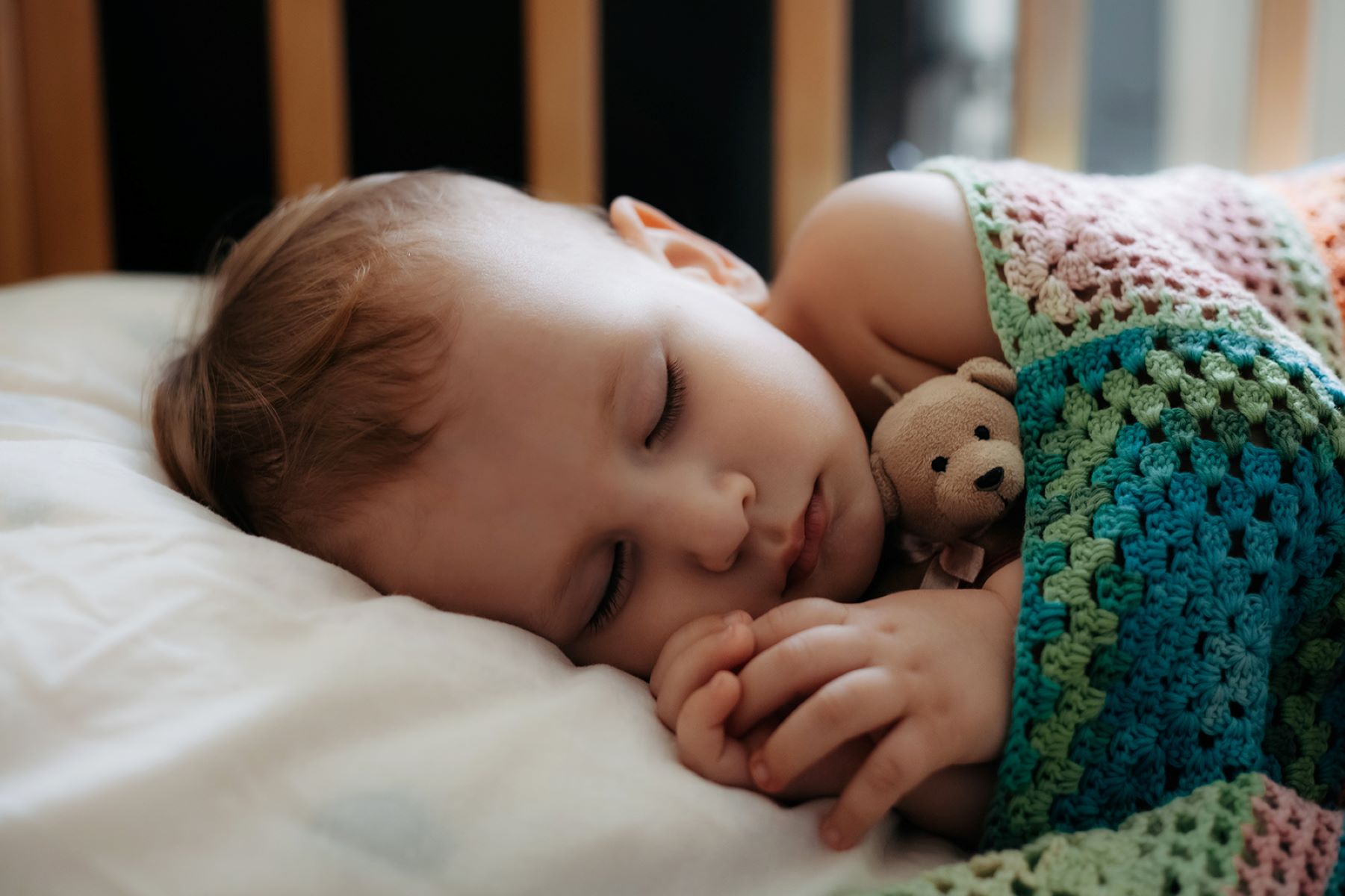
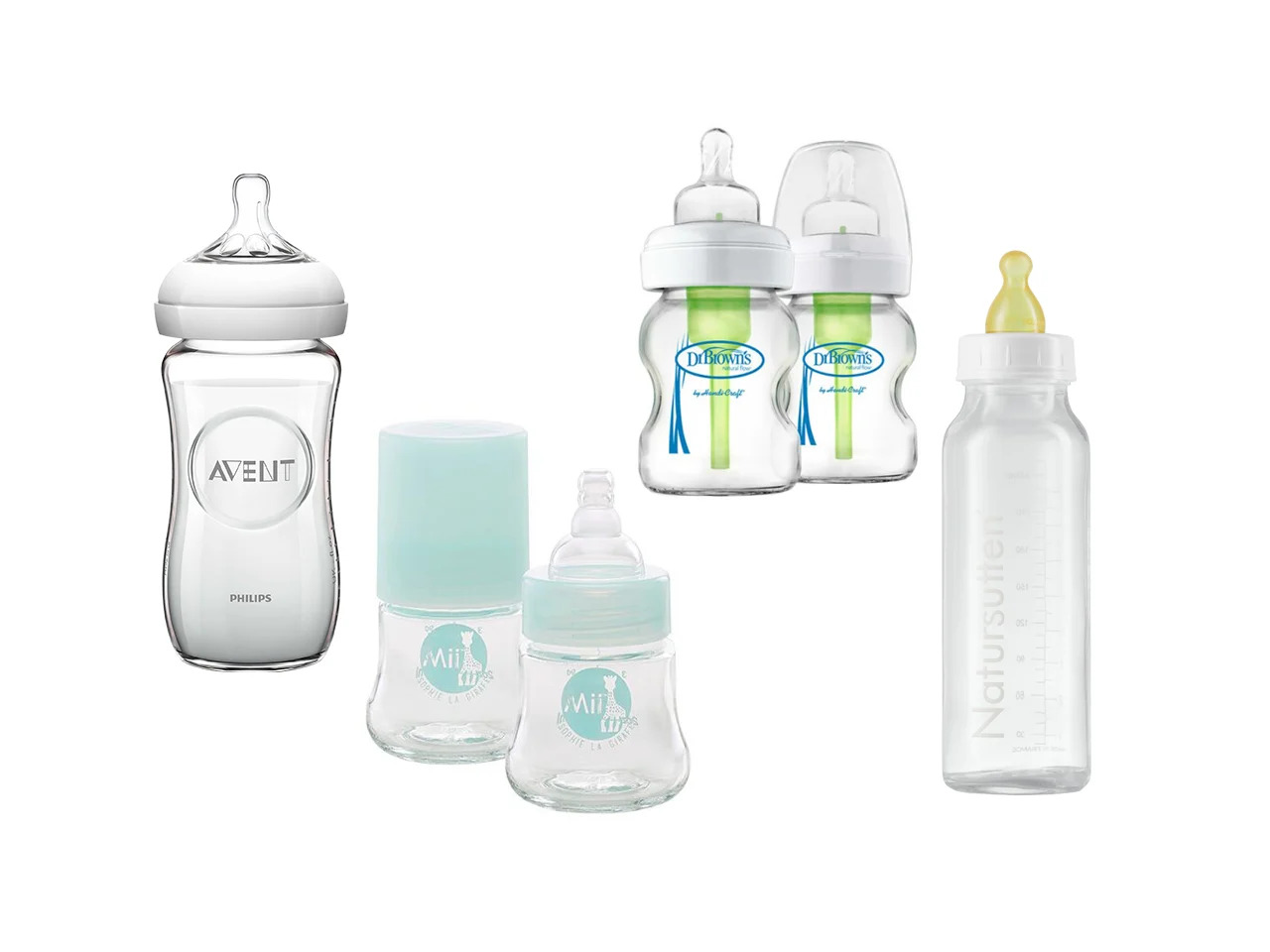
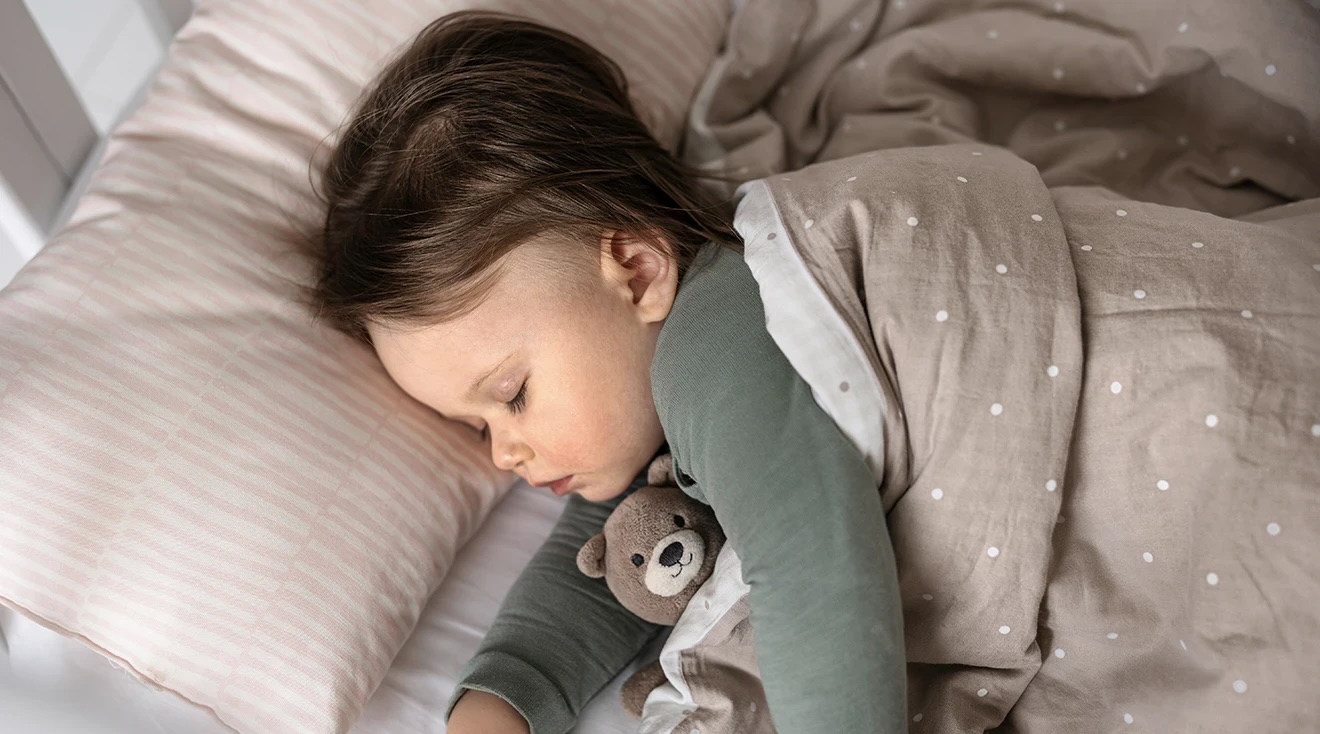
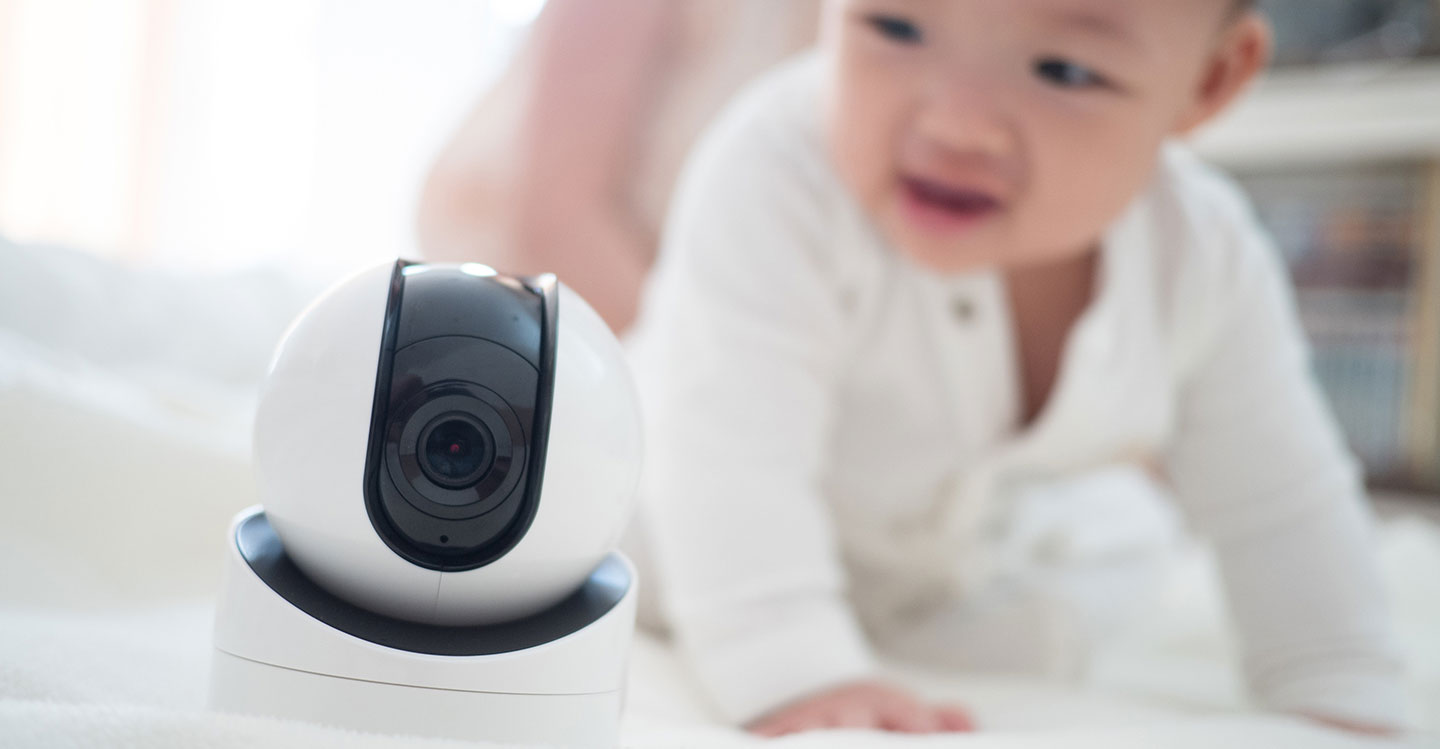
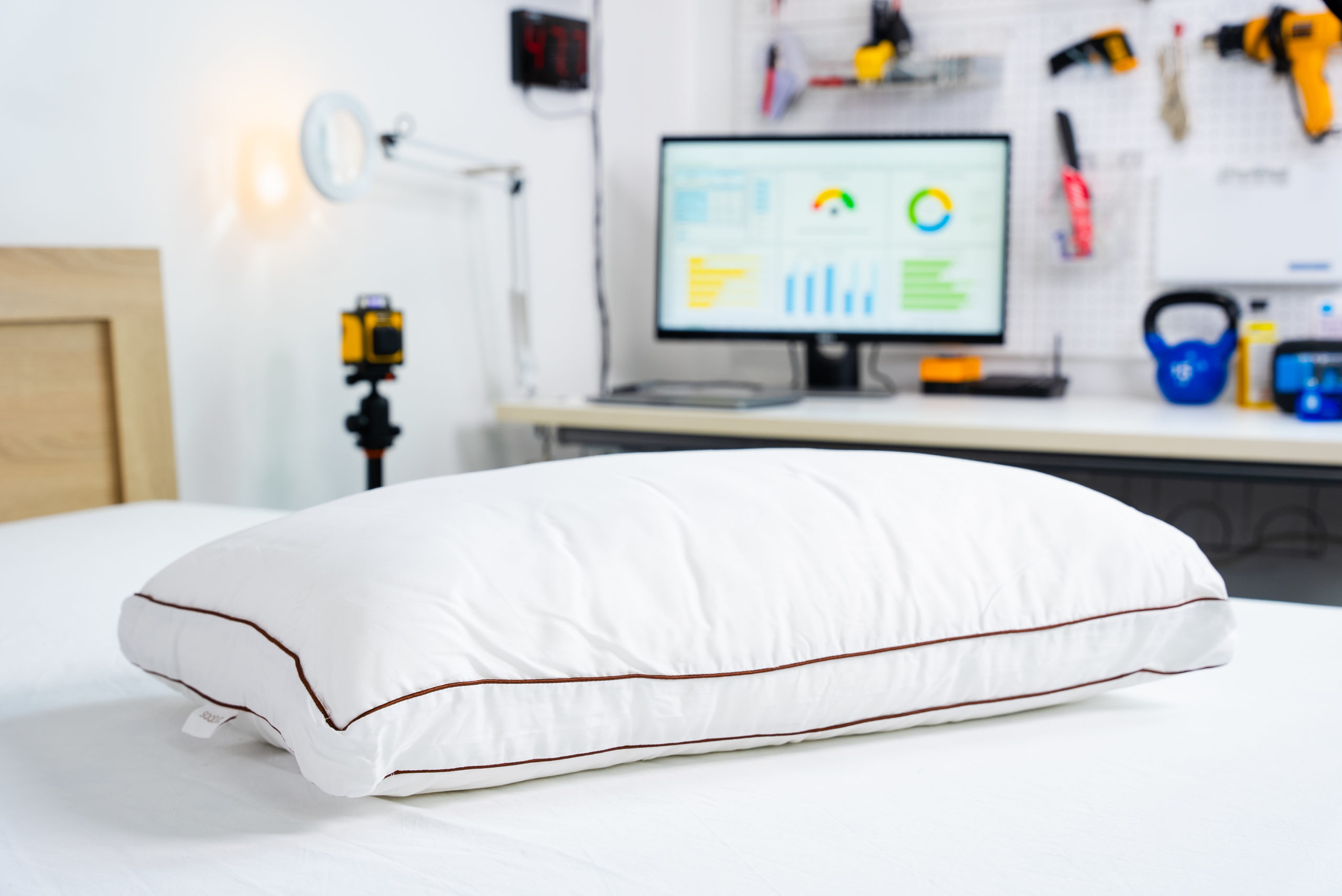
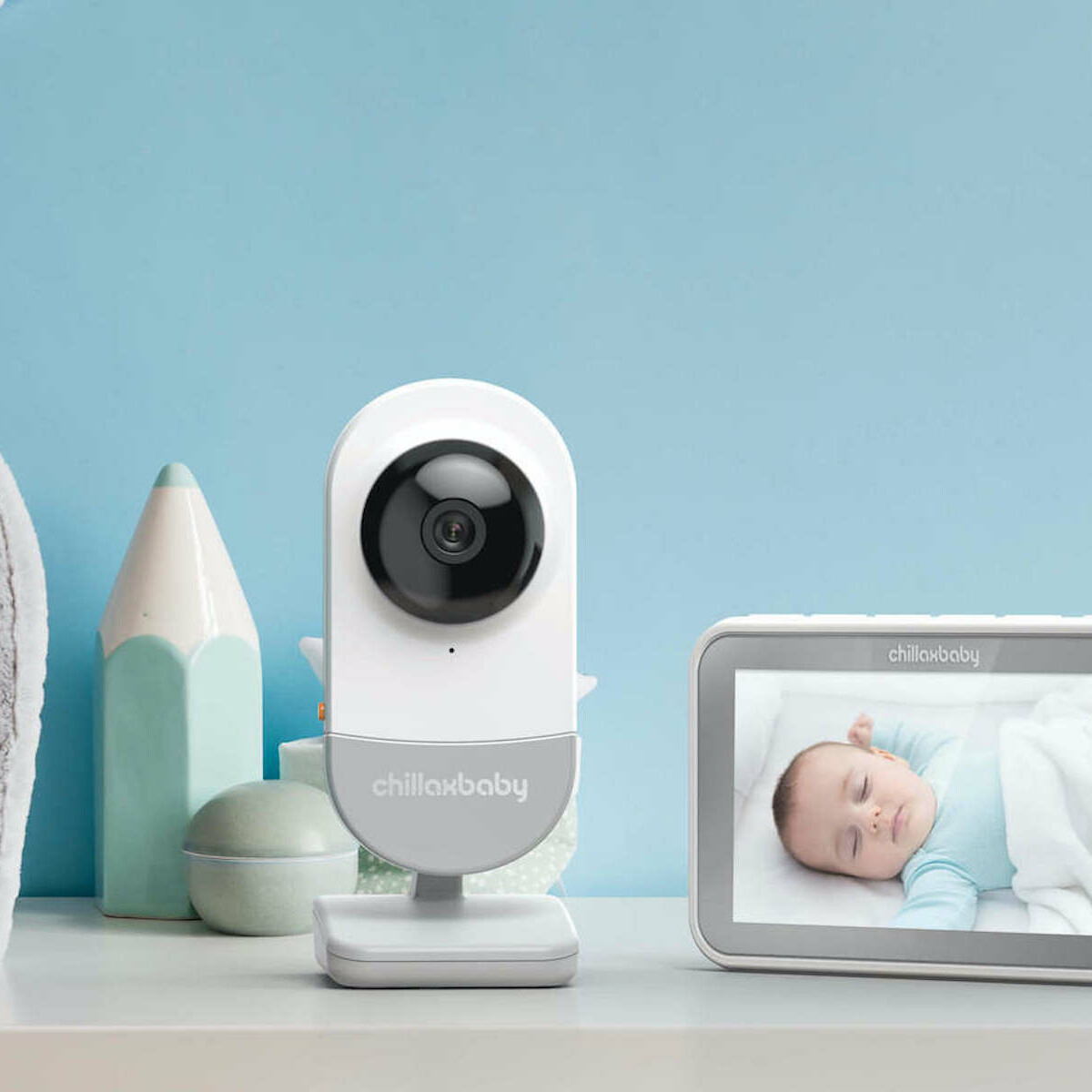
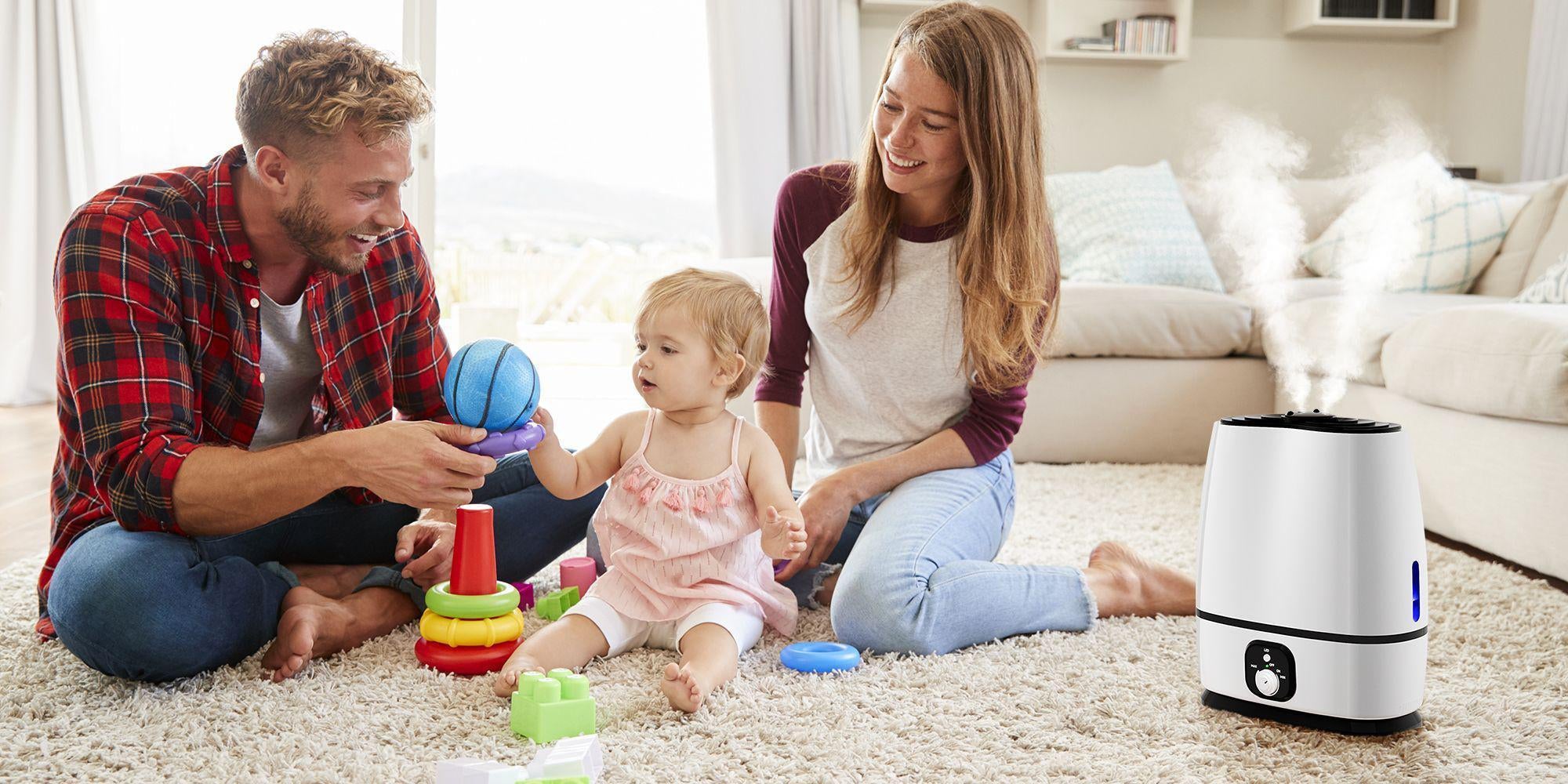
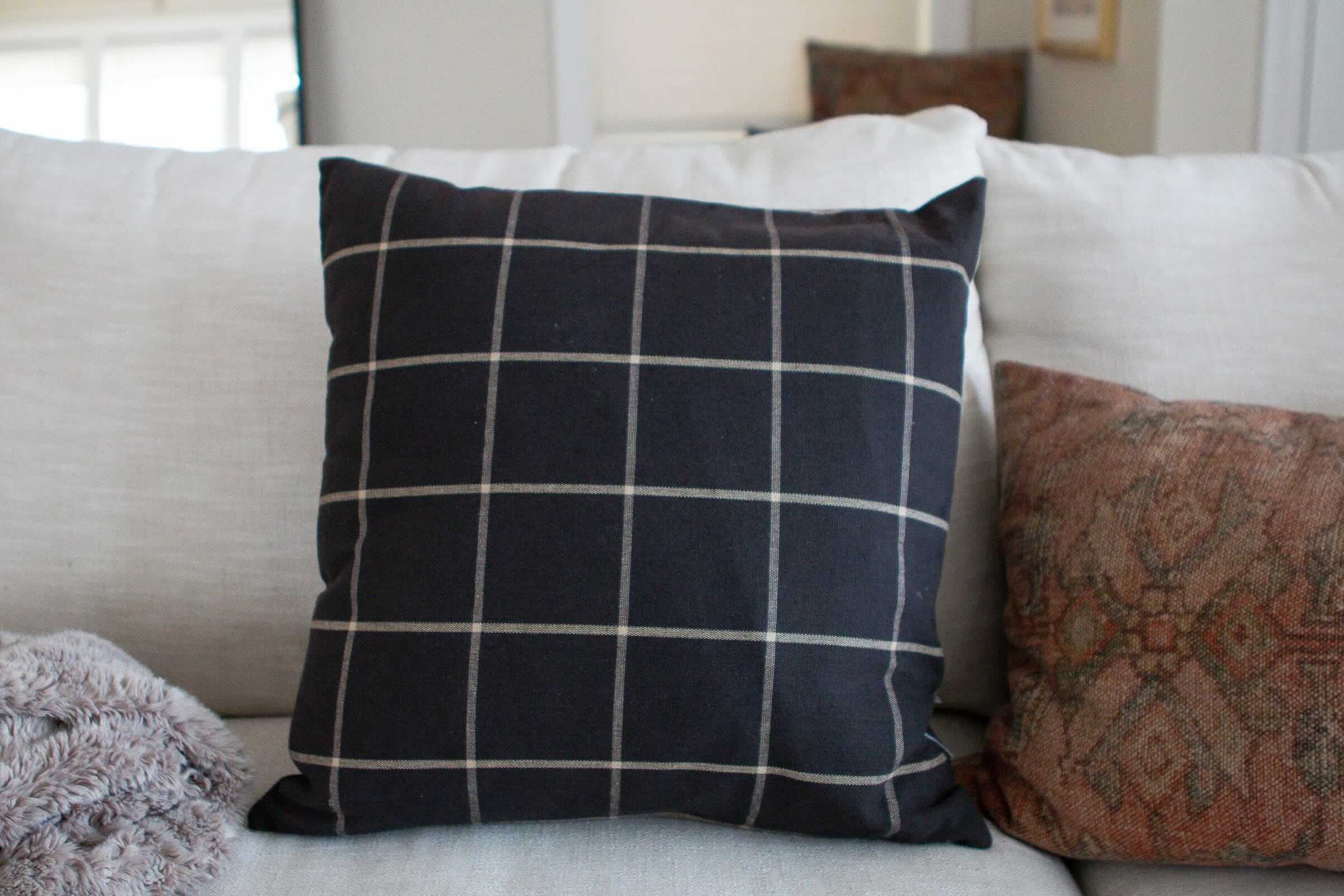
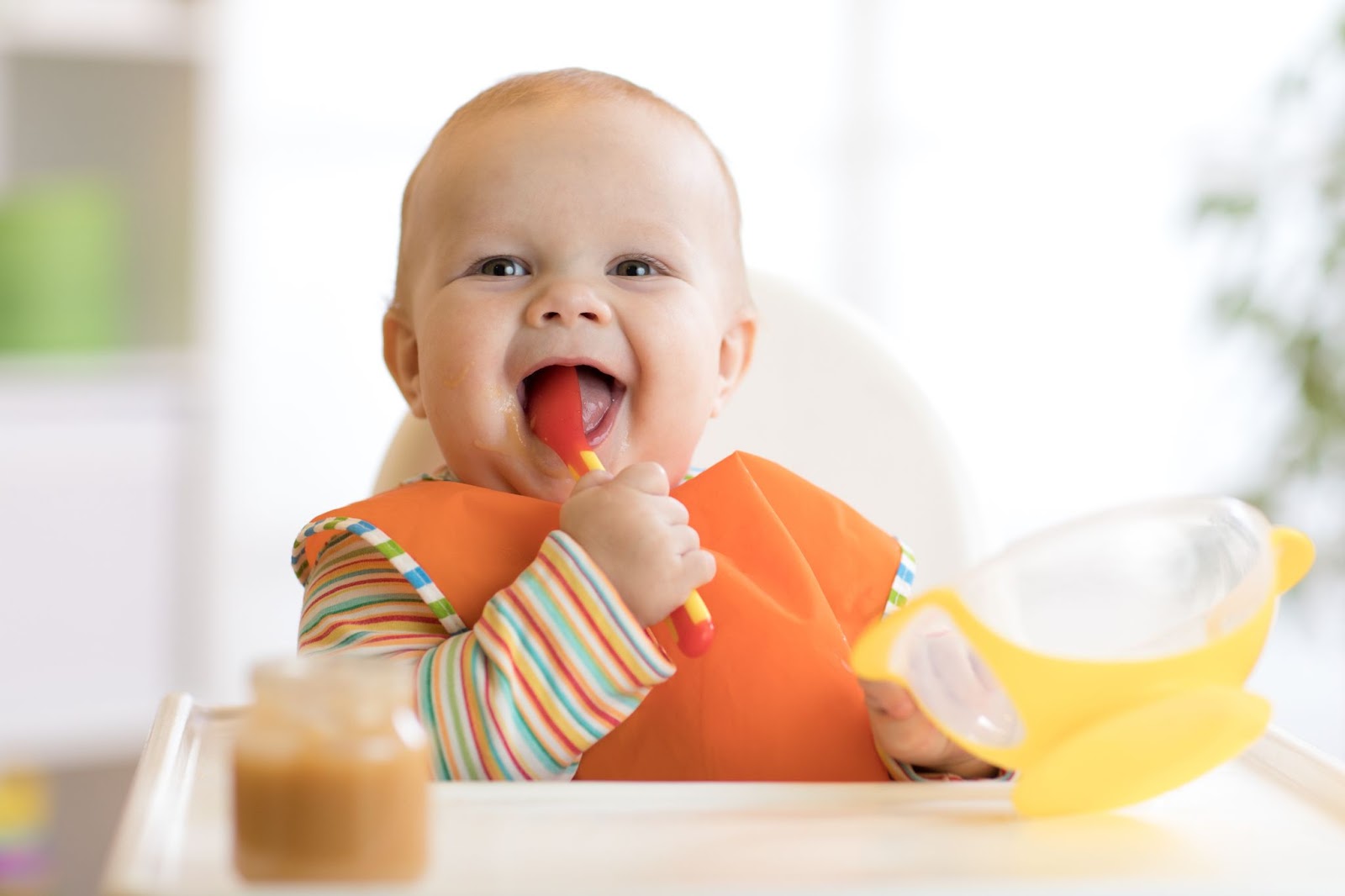
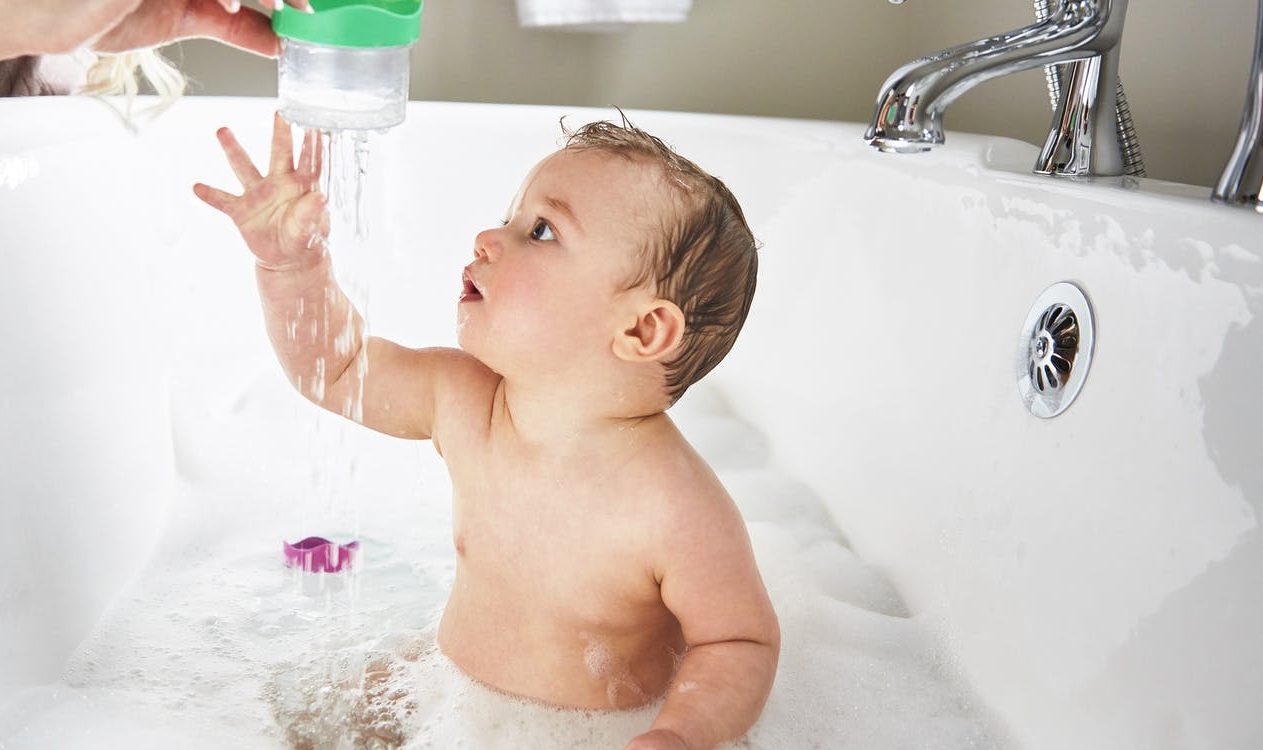
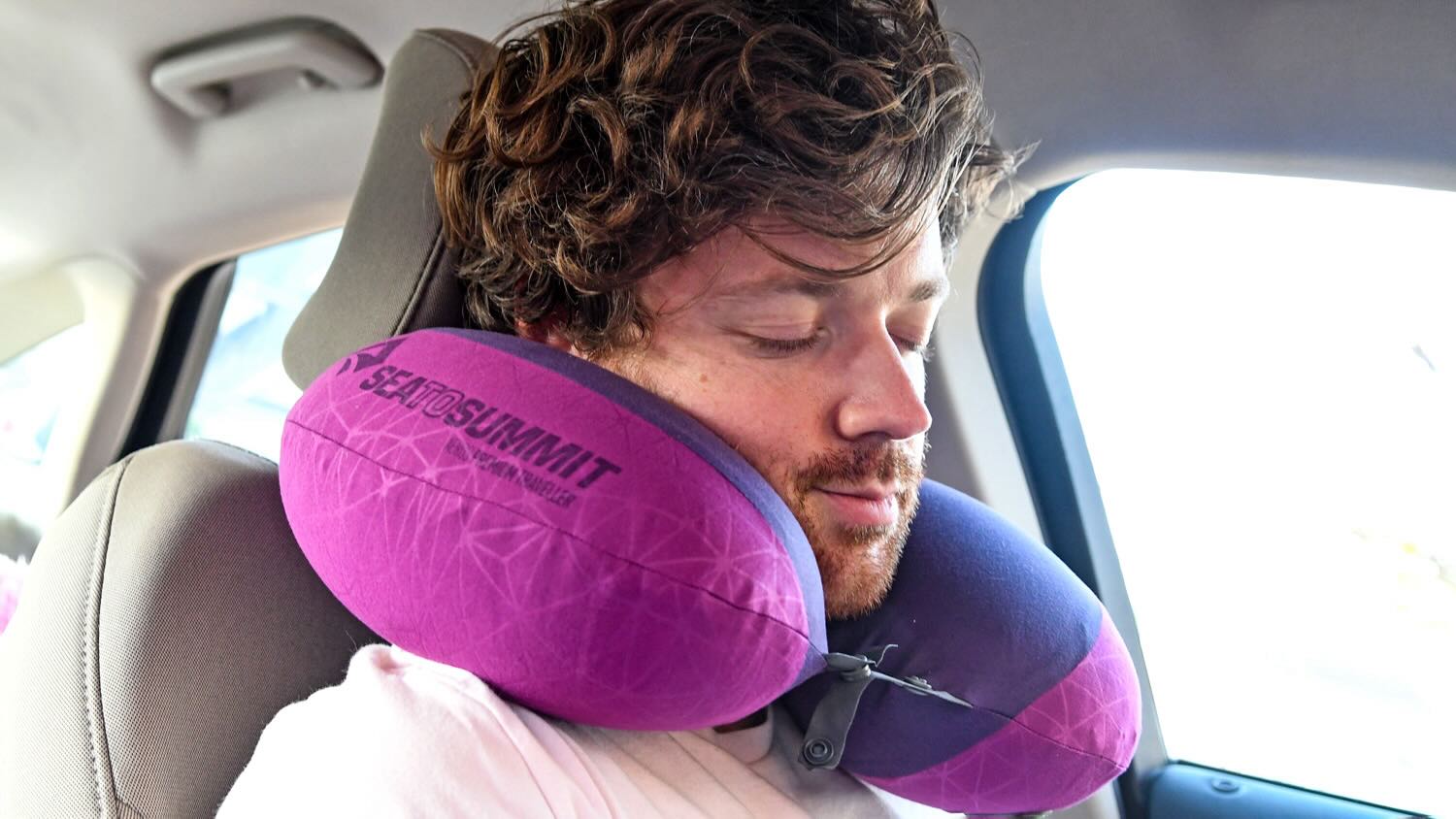
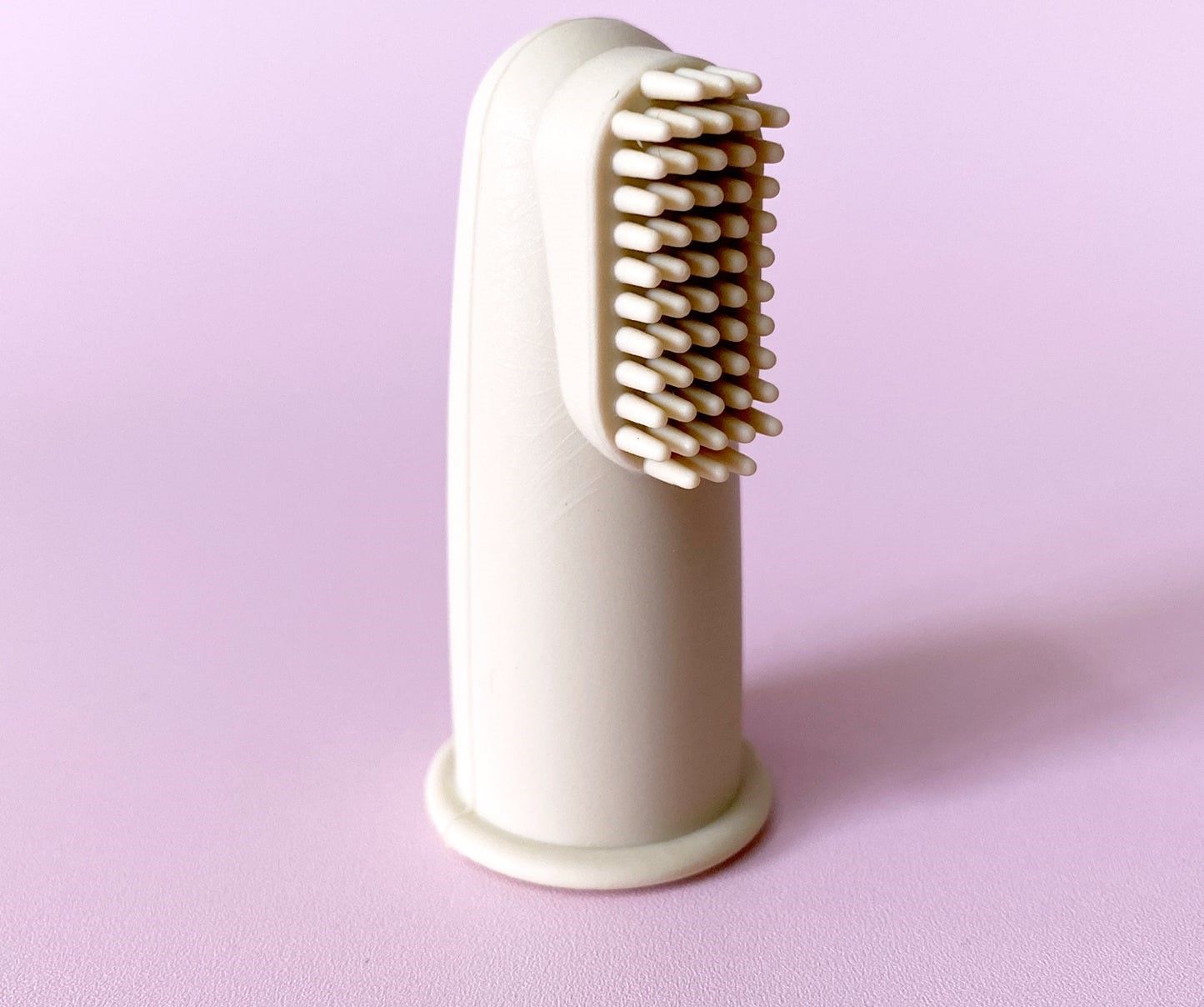

0 thoughts on “Why Can’t Babies Use Pillows”